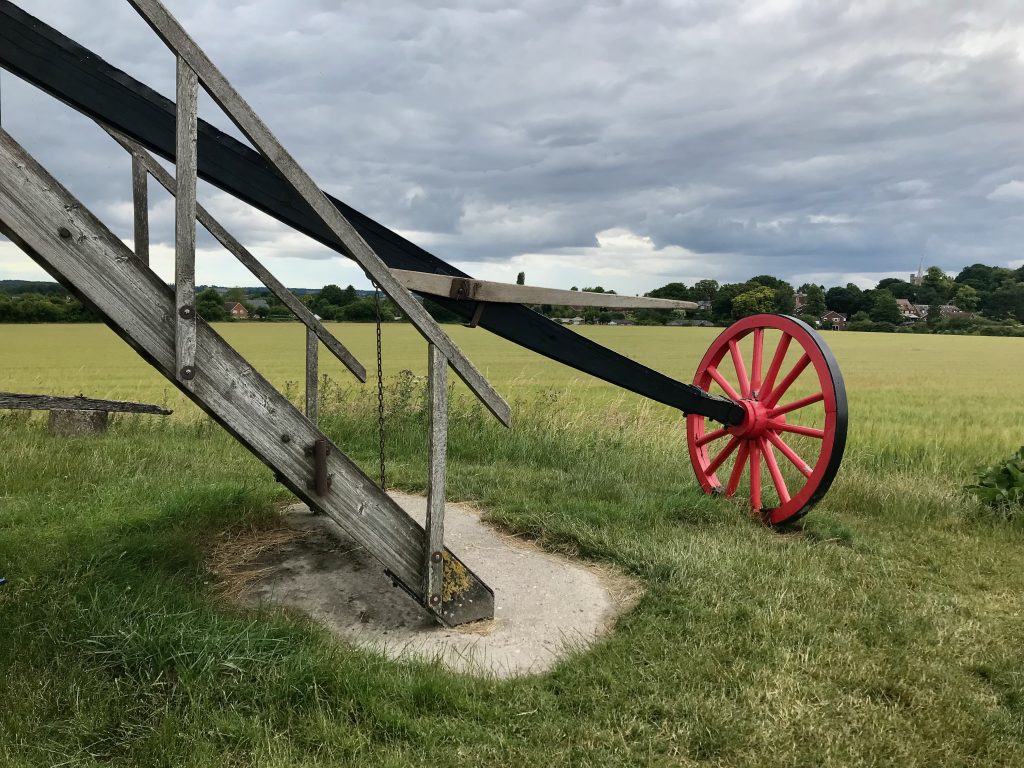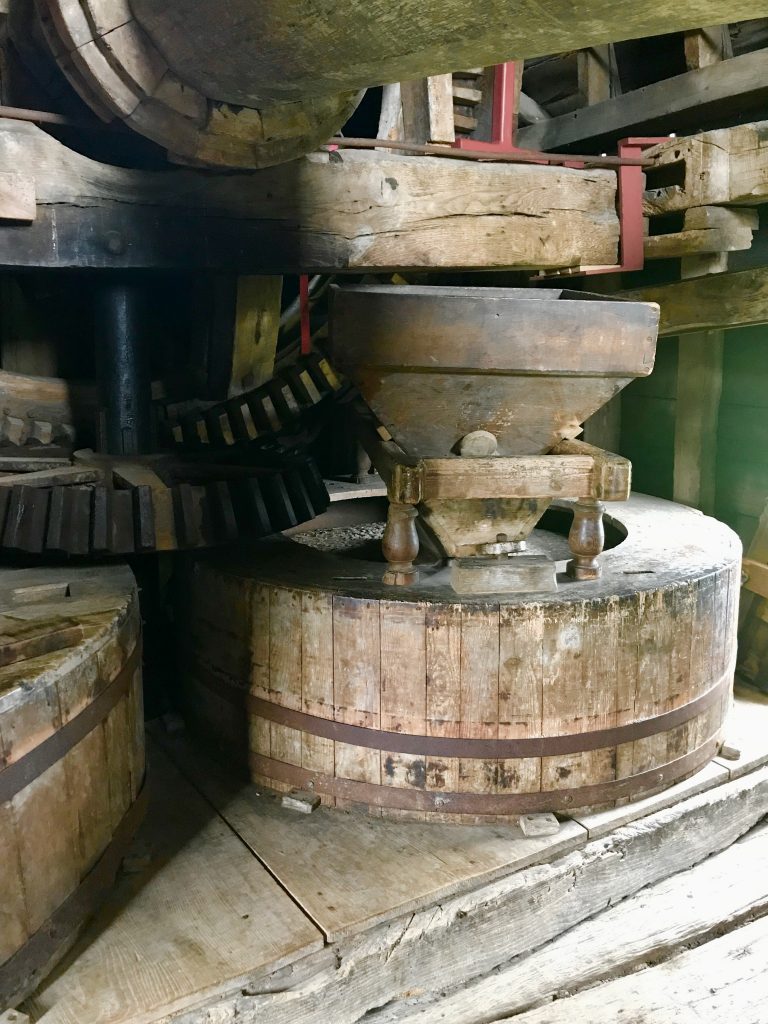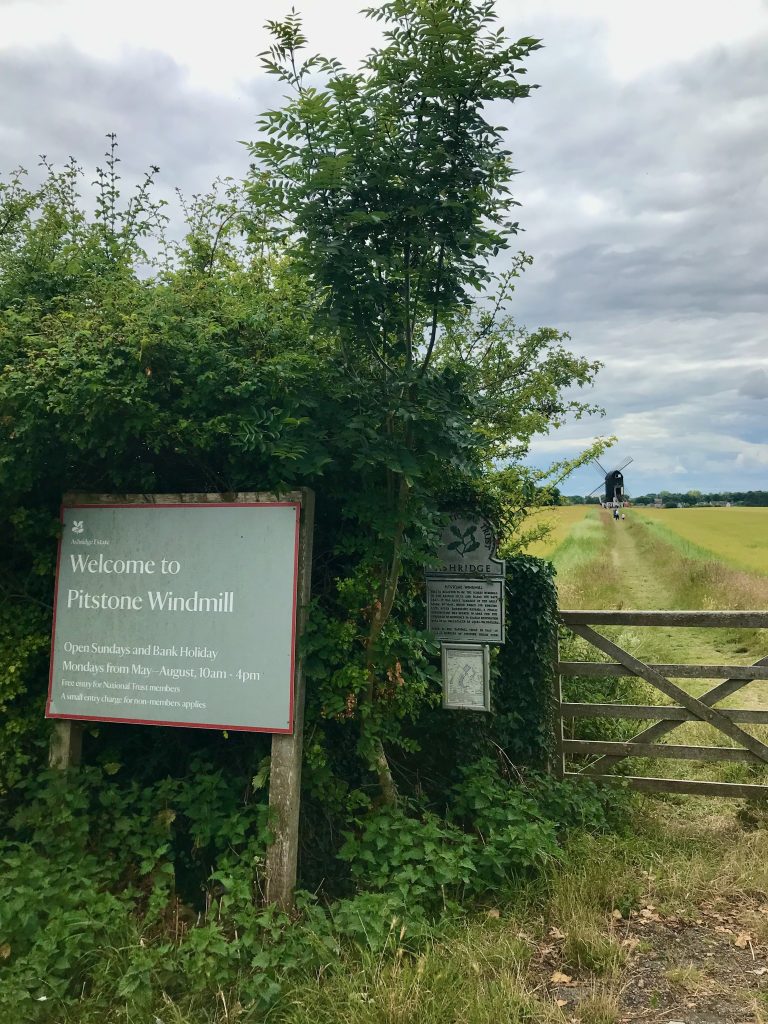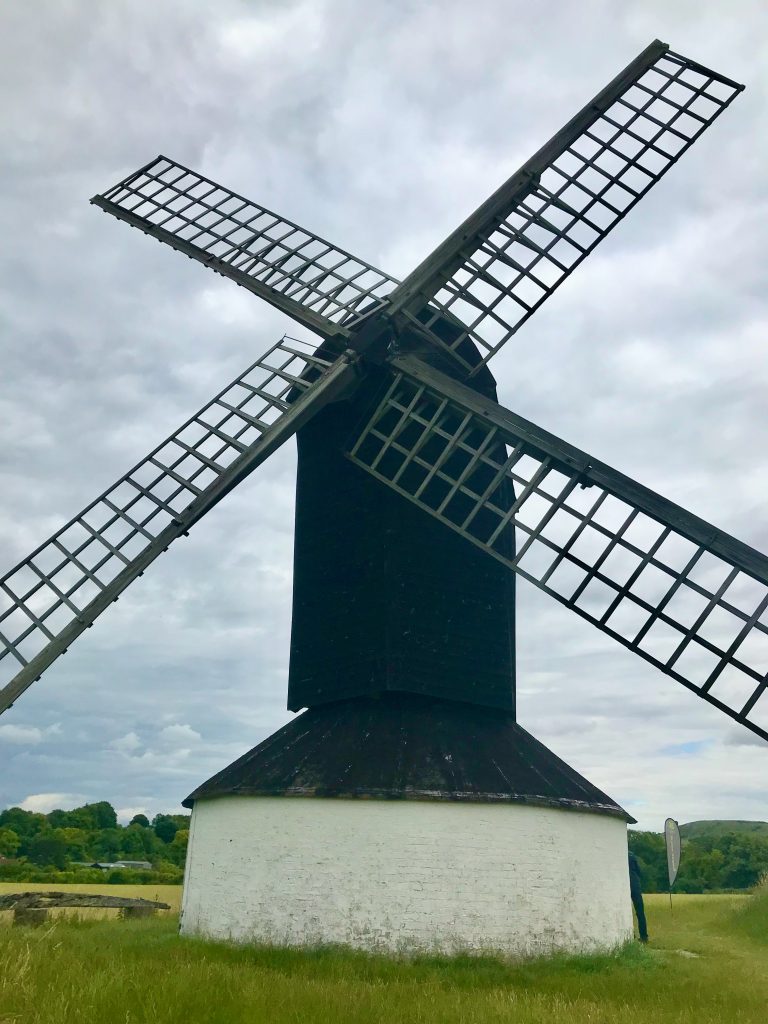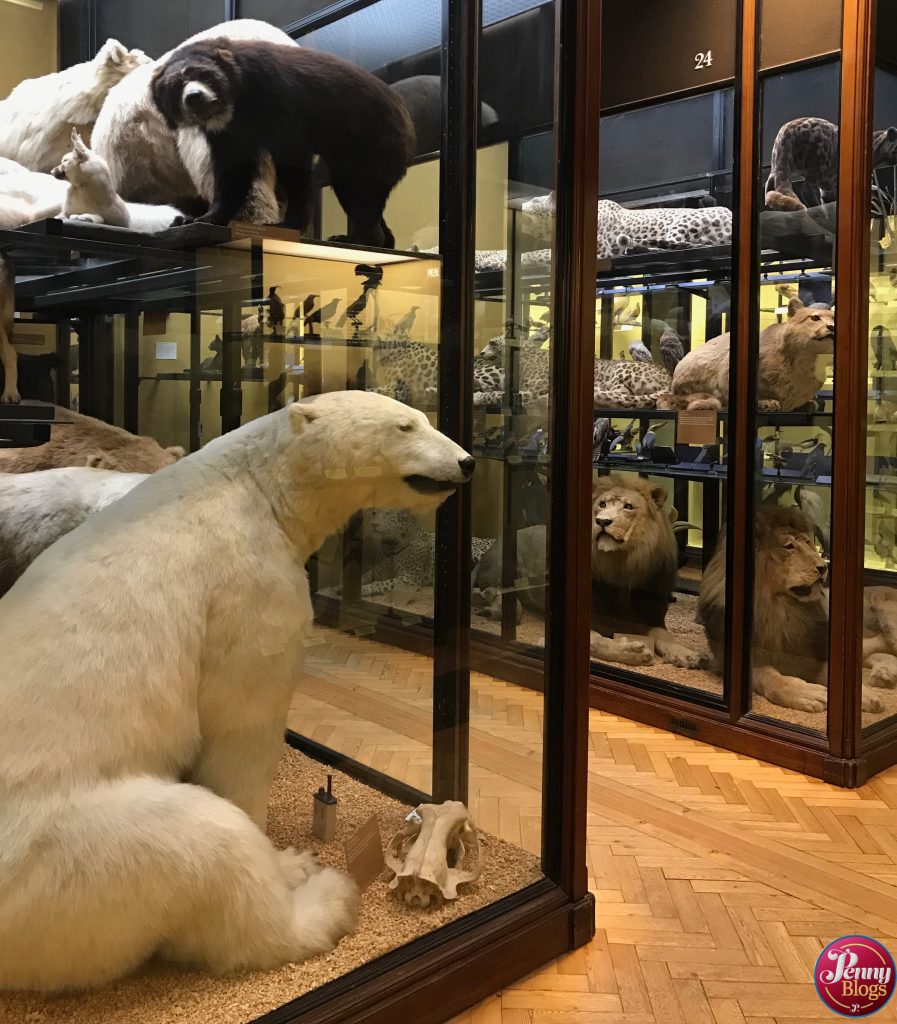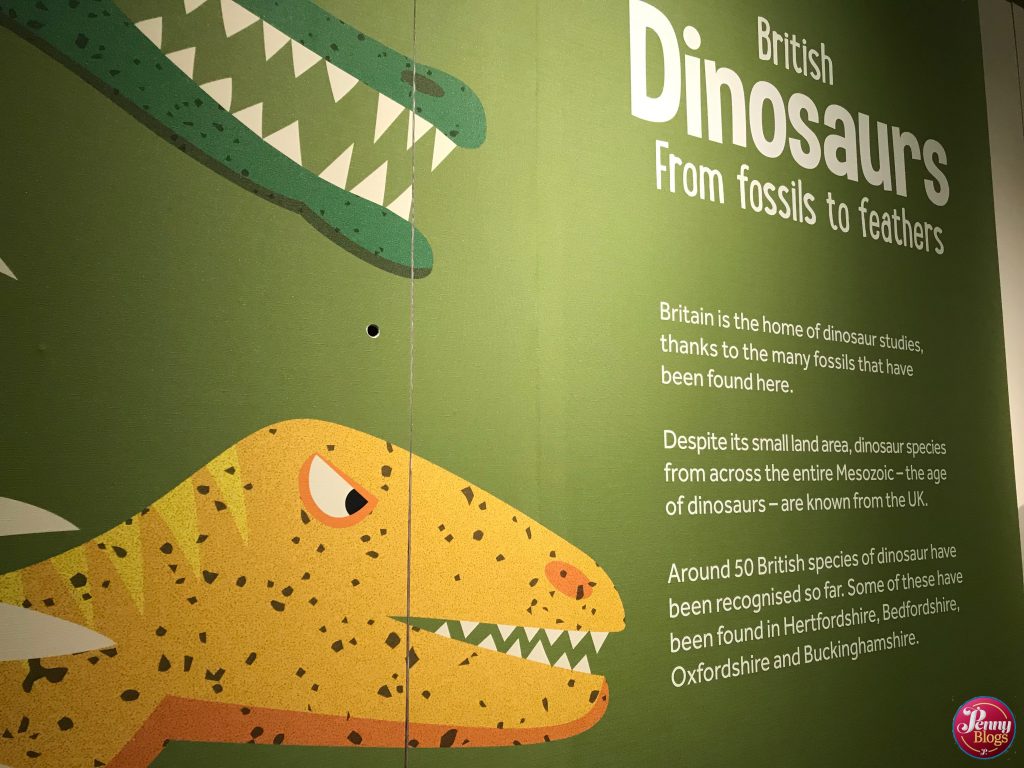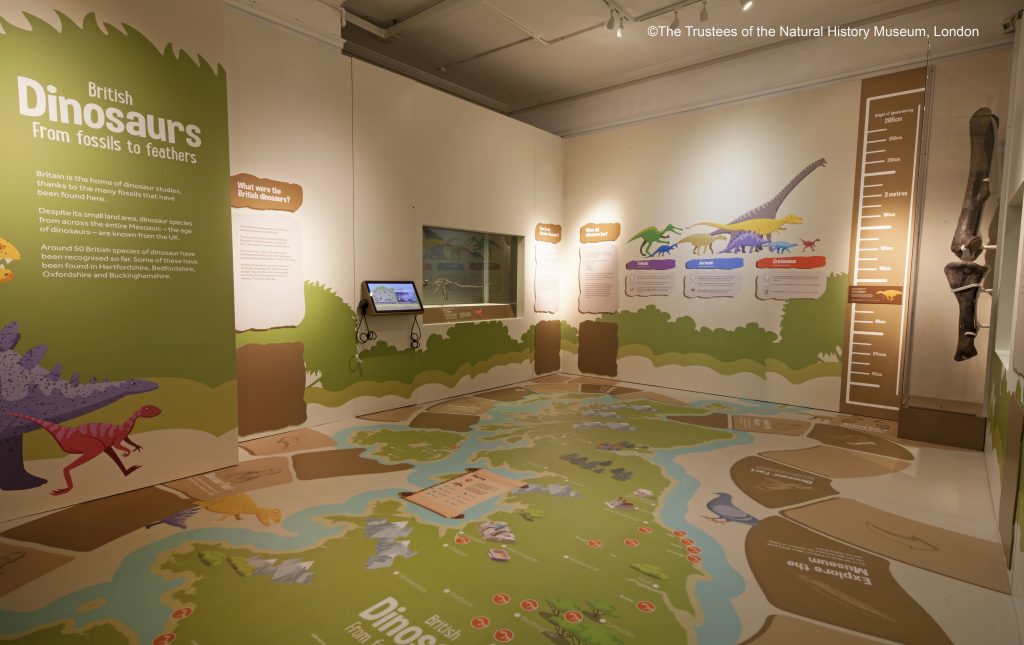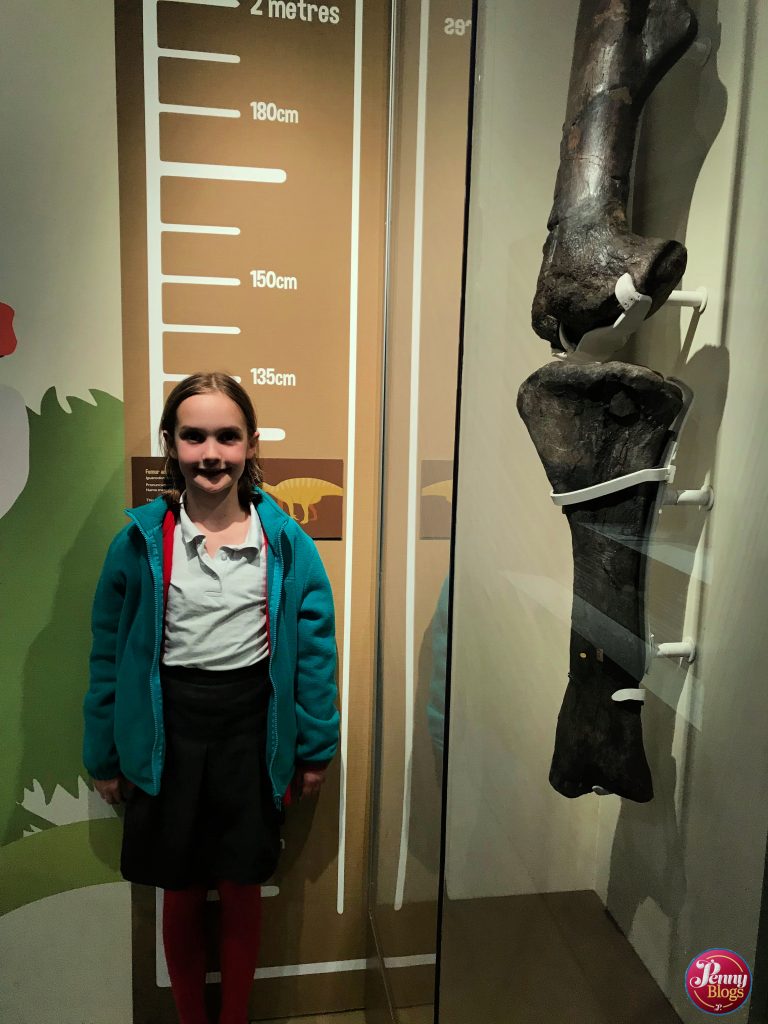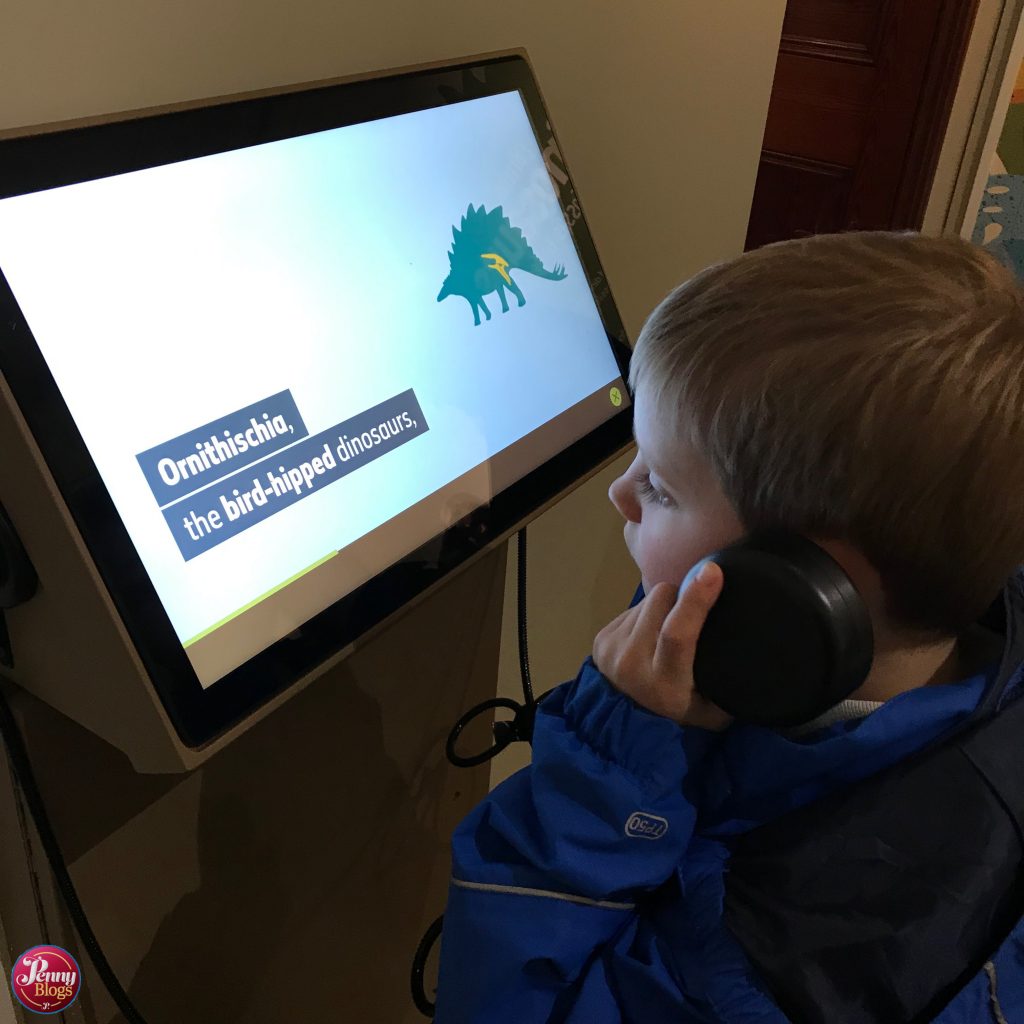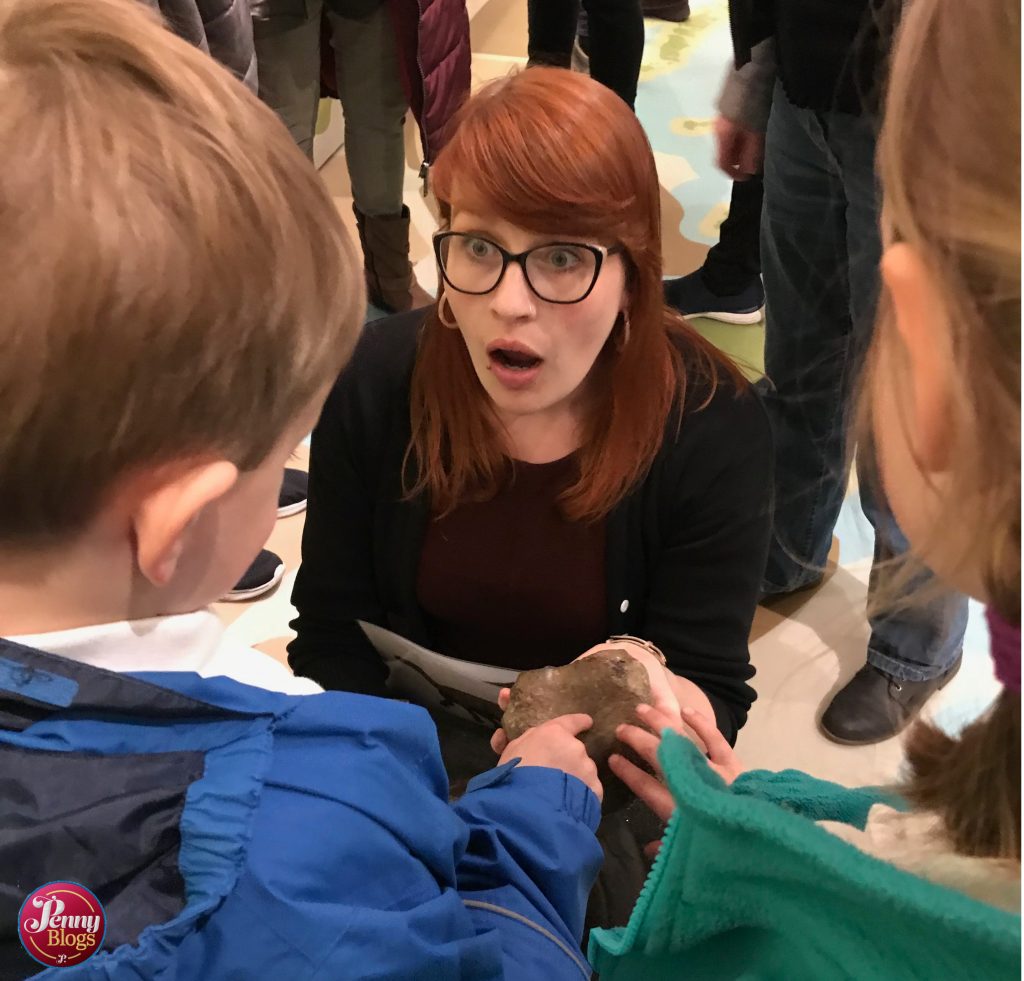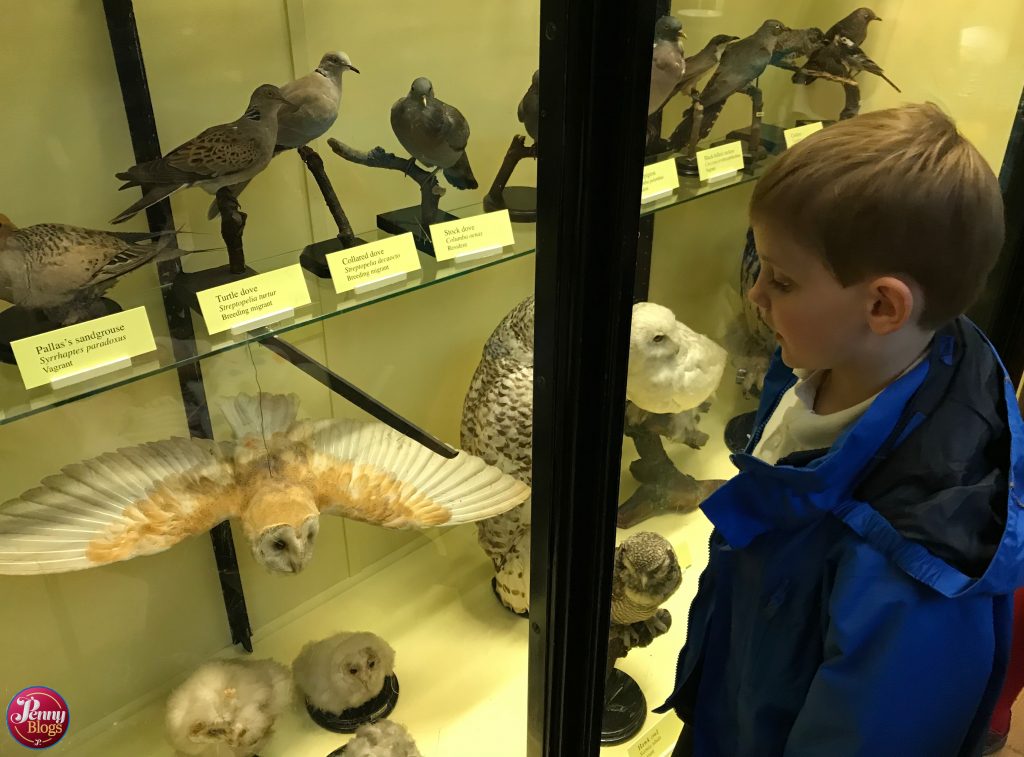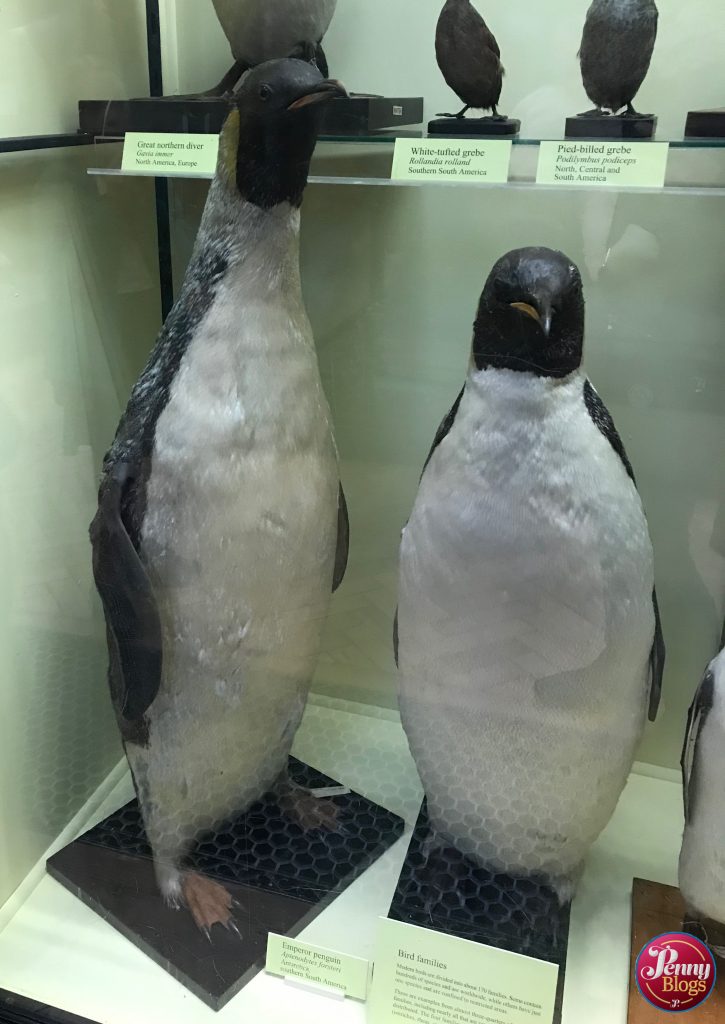Whilst St Albans Abbey dominates much of the skyline of the Hertfordshire medieval city the nearby Clock Tower is also very worth a visit. Said to be the oldest medieval town belfry in England, it is located at the end of Market Place in St Albans and can be visited at certain times in the year.
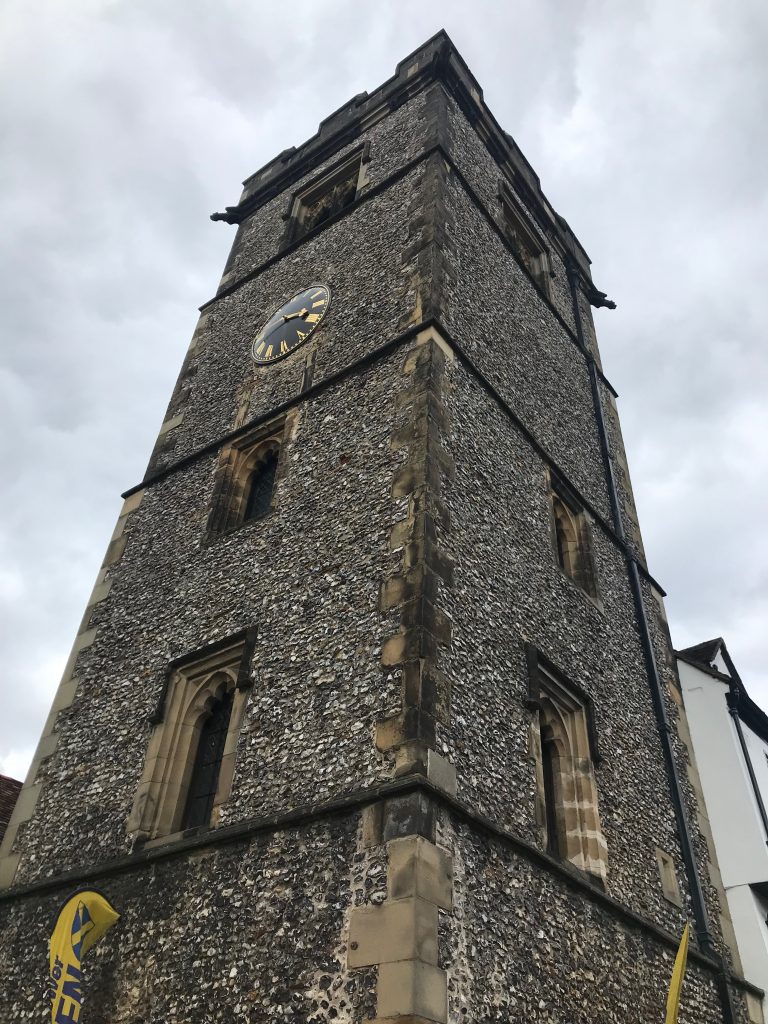
The History of St Albans Clock Tower
Completed in 1405 and paid for by the people of St Albans, the Clock Tower was seen as a protest by the local people against the Abbey’s ability to regulate time-keeping in the town (as St Albans was at the time as it was not made a city until 1877).
The location of the clock tower is close to the site of the Eleanor Cross which stood in the town. In total there were twelve crosses erected between 1291 and 1294 to mark the nightly resting places of Eleanor or Castile’s (wife of King Edward I) funeral procession. The cross at St Albans cost £113 to build and was constructed in 1291, however the top section of the St Albans Eleanor Cross was destroyed during the English Civil War, and the rest of the monument was later demolished.
The Clock Tower’s Structure
The Clock Tower has a total of five stories, each being slightly smaller than the one below. The ground floor was originally a shop, with the shopkeeper living on the first floor.
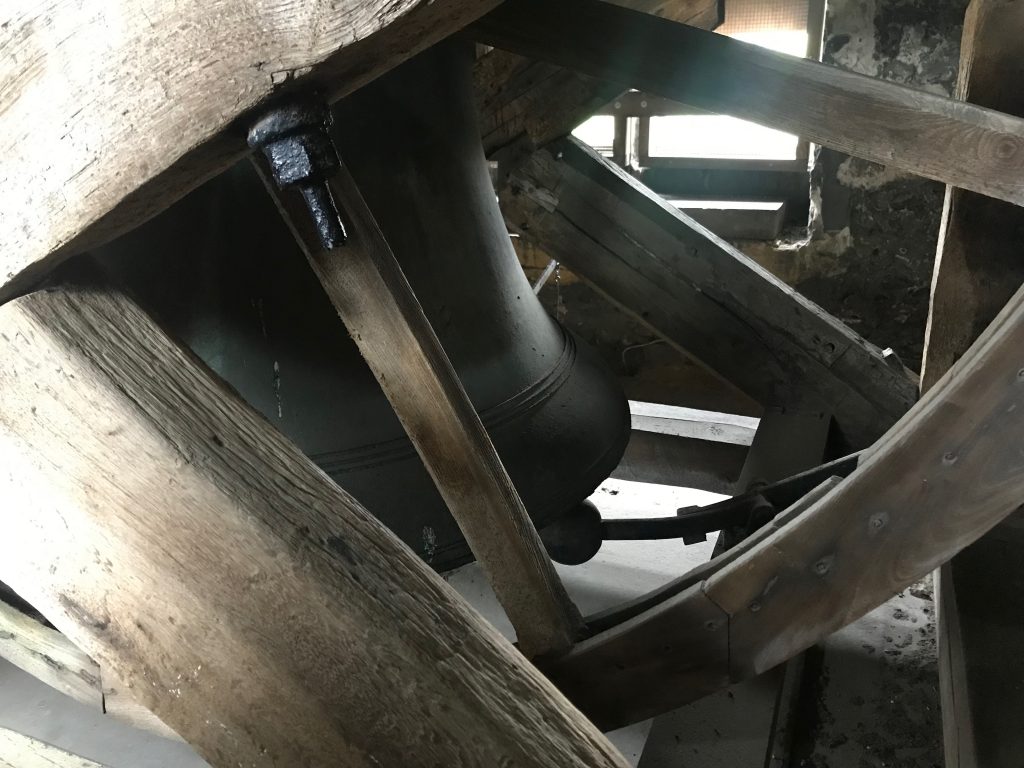
The second floor of the tower was the living quarters of the clock keepers with the third floor housing the clock and related mechanism. The fourth floor houses the bells. There are two bells in the tower. A large one, and a smaller market bell which was rung to signify the opening of St Albans market to people who were not freemen of the city.
The St Albans Clock Tower as a Shutter Telegraph Station
During the Napoleonic Wars the Clock Tower’s height and location meant that it was used as a shutter telegraph station allowing semaphore messages to be sent between a total of 15 stations between London and Great Yarmouth in less than five minutes. A wooden hut was built on the roof of the tower, with the semaphore shutter equipment above it. This hut was removed in 1852.

The Clock Tower Today
St Albans Clock Tower is a well known local landmark in the city and features prominently in many pictures. At Christmas it is usually lit up beautifully with festive lights. The Clock Tower is under the care of St Albans City and District Council and is open to visitors at specific times.
Refurbishment of the clock means that this is now run electrically.
Commit No Nuisance
One other frequently photographed part of the clock tower is a door round the back with the words “Commit No Nuisance” carefully written at the top in white.
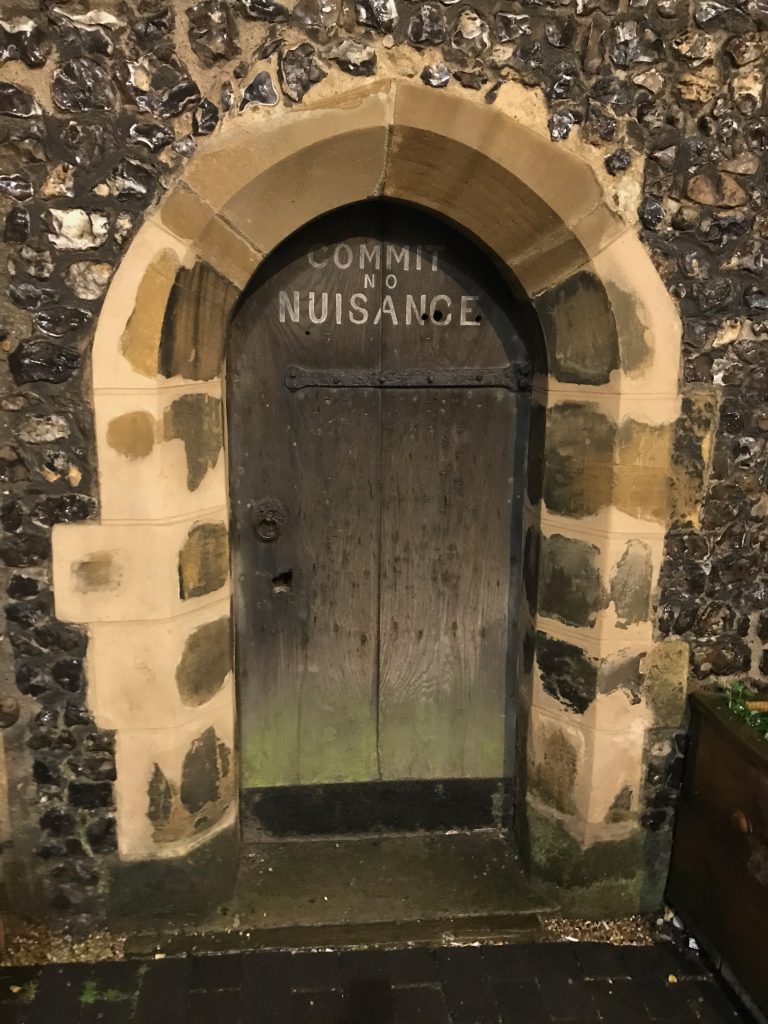
This polite instruction was apparently written in 1915 and from a report of the St Albans Council’s Highways and Plans and Nuisances Sub-Committee (what a brilliant name!), dated 19 July 1915, it is recorded, ‘Attention has been called to the fact that nuisances are frequently committed by persons near the door on the west side of the Clock Tower, and urine finds its way under the doorway, and your Sub-Committee have given instructions for the step down to the door to be filled in with concrete and flaunced off to stop any liquid getting into the building and have directed that a warning notice should be put up on the door against committing nuisances.’
What an utterly bonkers but brilliant bit of history!
Visiting the St Albans Clock Tower
The Clock Tower is open to visitors every weekend and Bank Holiday from Good Friday through until late September. Visitors can arrive between 10.30am and 5pm. There is a charge of £2 for adult. Accompanies children are free of charge.
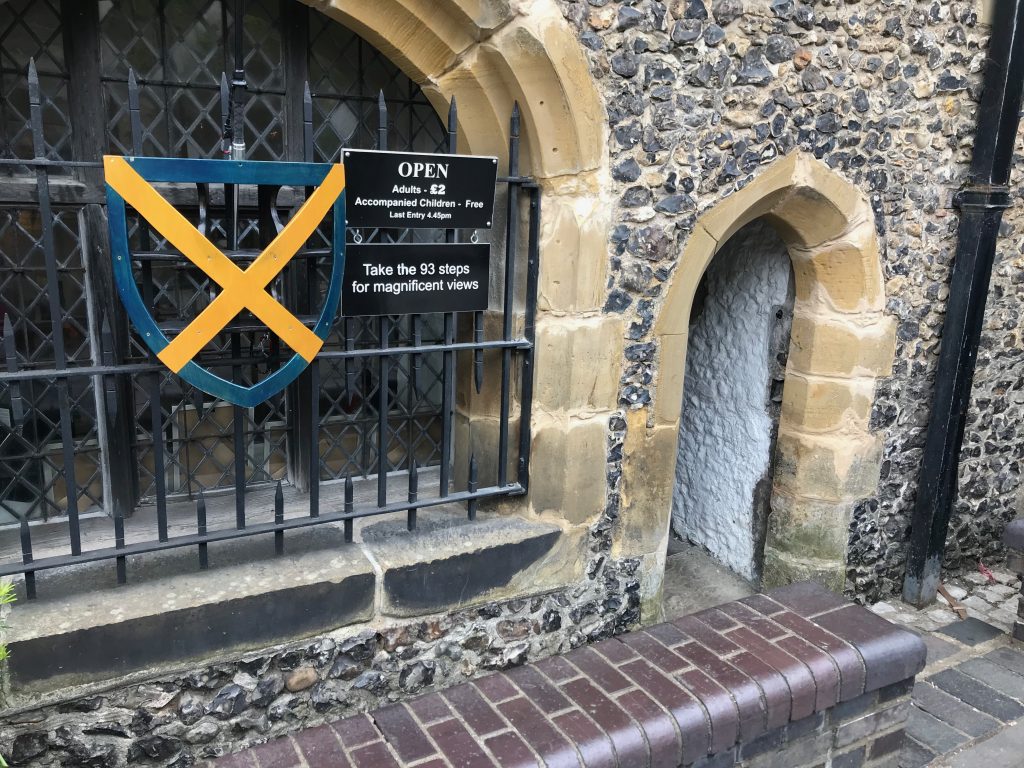
In the shopkeeper’s quarters on the first floor of the tower is an example of a Shutter Telegraph system.
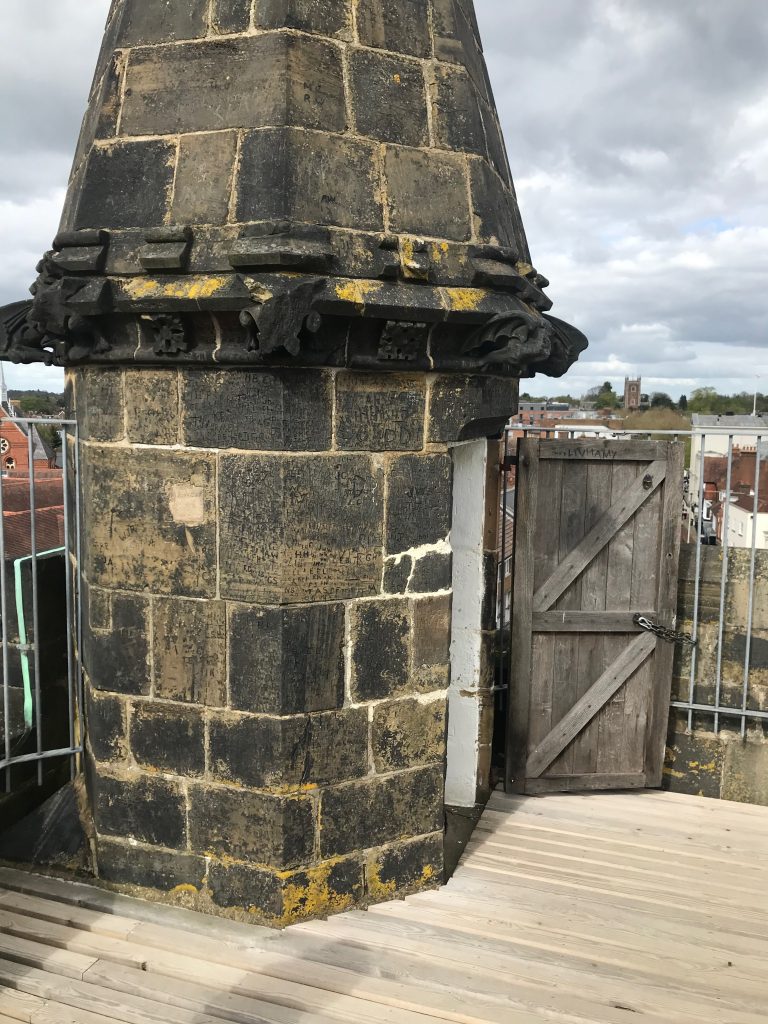
There are a total of 93 steps to climb to reach the top and it should be noted that this is a steep stone spiral staircase. Once you are at the top there is a magnificent 360 degree view of the surrounding city.
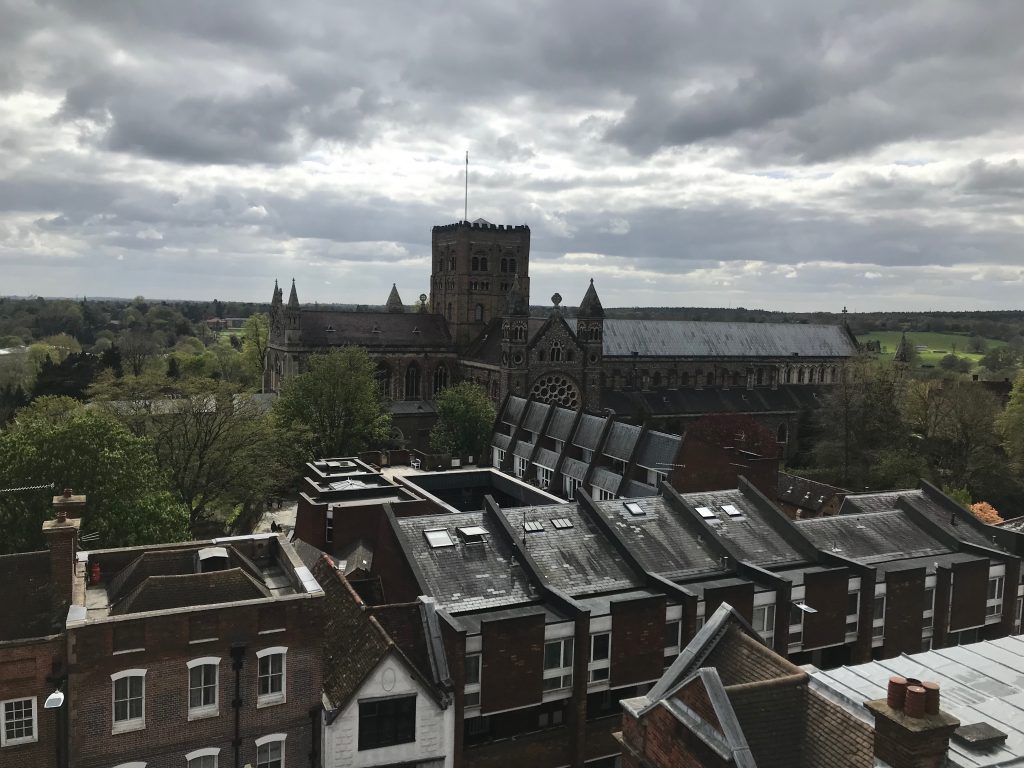
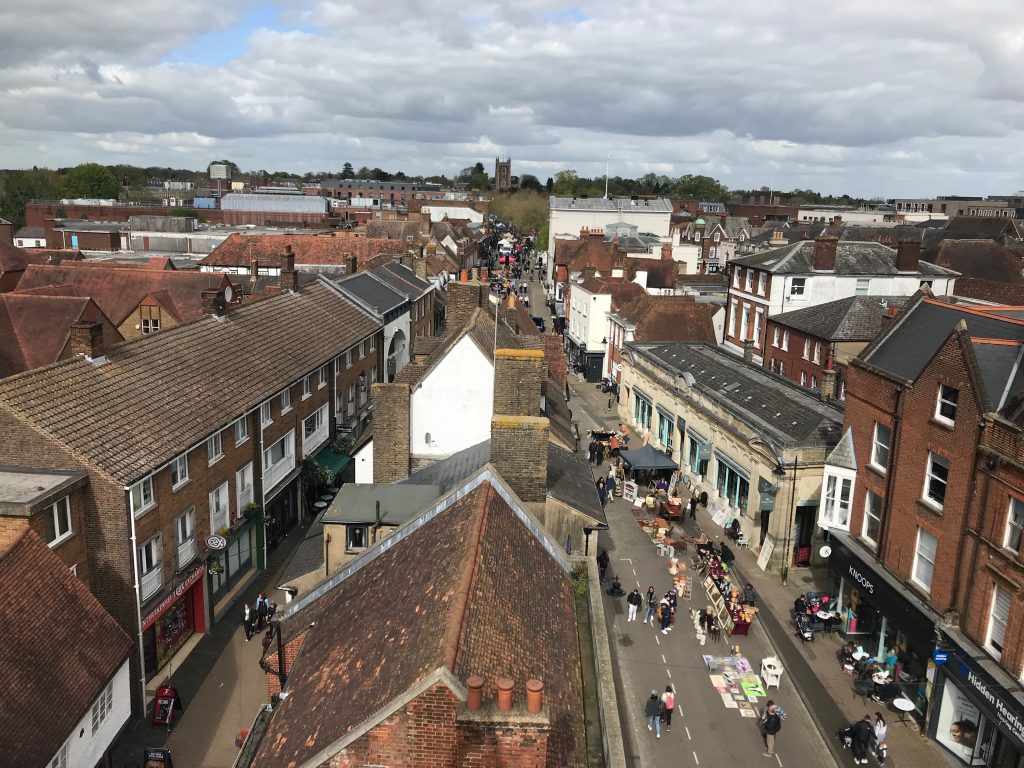
More details about the clock tower, and a video tour, can be found on the St Albans Museums website here.
Looking for more things to do and places to visit in Hertfordshire?
Why not see where else Penny has travelled to in Hertfordshire or the neighbouring counties of Bedfordshire and Buckinghamshire.


